Zaha Hadid: Seven of her most memorable creations
The legendary architect designed and carried out over 30 buildings in her lifetime
Zaha Hadid will be remembered as one of the foremost architects of her generation. The first woman to win the Pritzker Architecture Prize, and the first woman to be awarded the Royal Gold Medal by the Royal Institute of British Architects, she has now been bestowed w a special Google doodle in her honour.
Ms Hadid was born in Iraq in 1950, and studied math at the American University of Beirut. She later moved to the UK, where she studied art at the Architectural Association of London.
During her prolific career she designed more than 30 buildings across four different continents. She died in March 2016 after a heart attack. She was 65 years old.
Below are some of her most stunning creations.
Antwerp Port House
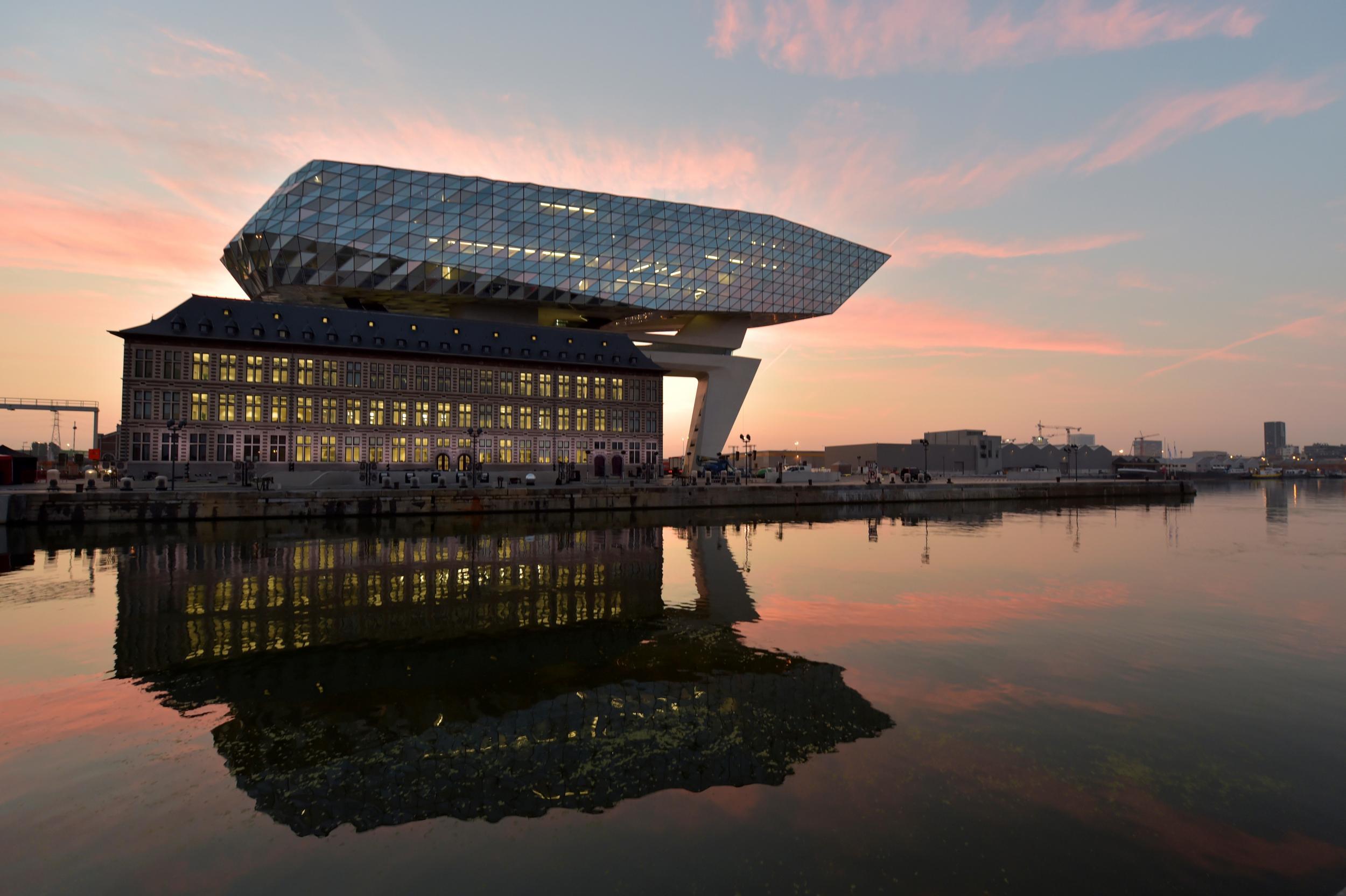
This port house in Antwerp sprung from the ashes of a former fire station in the Belgian city in 2016. It stretches across 12 km of docks, making it the second-biggest shipping port in all of Europe.
The port house is actually two separate buildings, conjoined by an external bridge. The most eye-catching of the two buildings is almost entirely covered in shimmering glass.
Dongdaemun Design Plaza
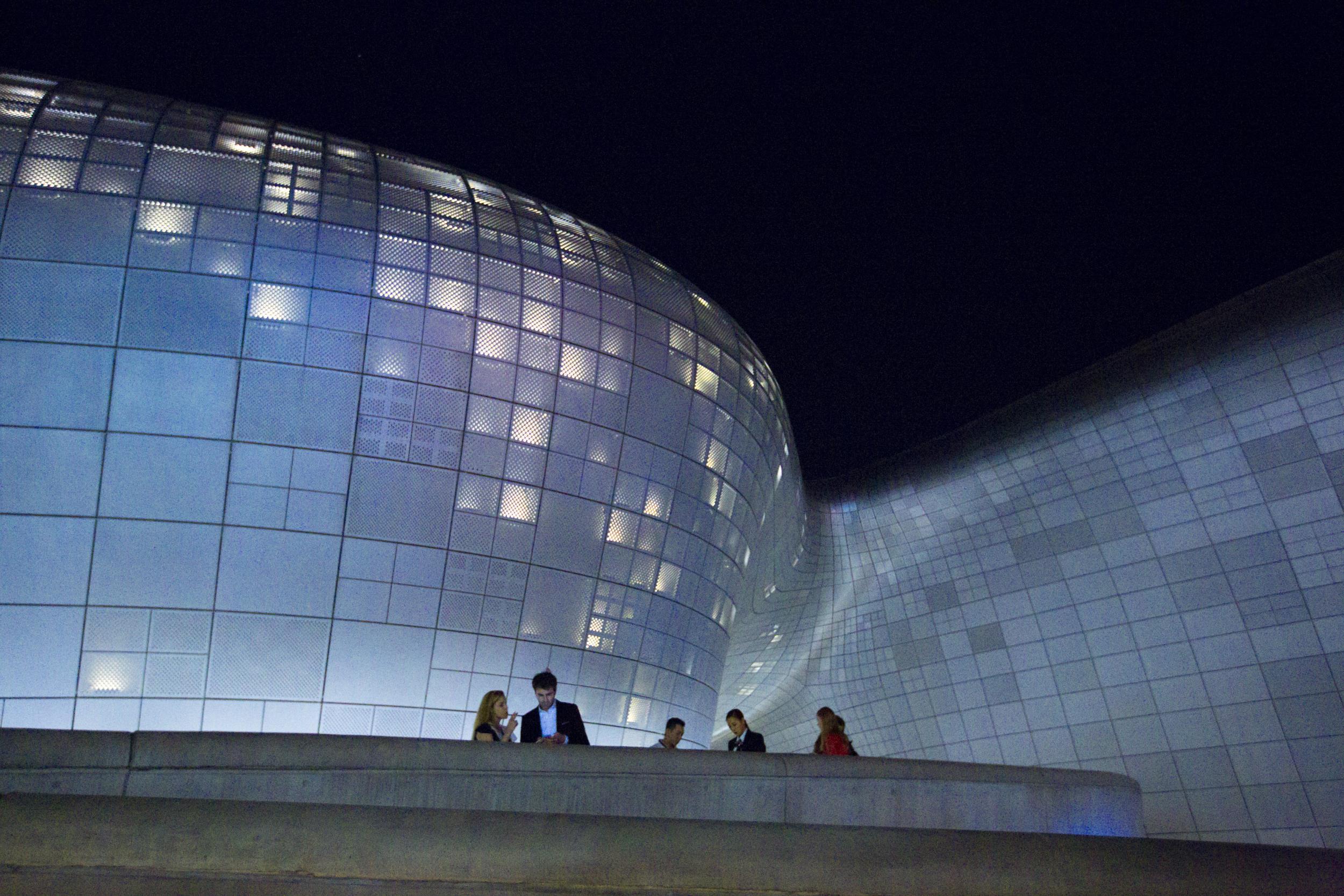
Seoul’s design plaza is a cultural hub composed of an art hall, museum, design lab, design market, and the Dongdaemun History and Culture Park. It hosts conventions, trade shows, exhibitions, fashion shows, concerts and other performances.
The curvaceous structure's 38,000-square-metre complex is all soft lines and reflective surfaces. Its unique design has also made it a major landmark in Seoul: it was the most Instagram-tagged location in all of Korea in 2015.
The building initially generated strong debate over the merits of building an ultra-modern structure in such an historic area.
Hungerburgbahn
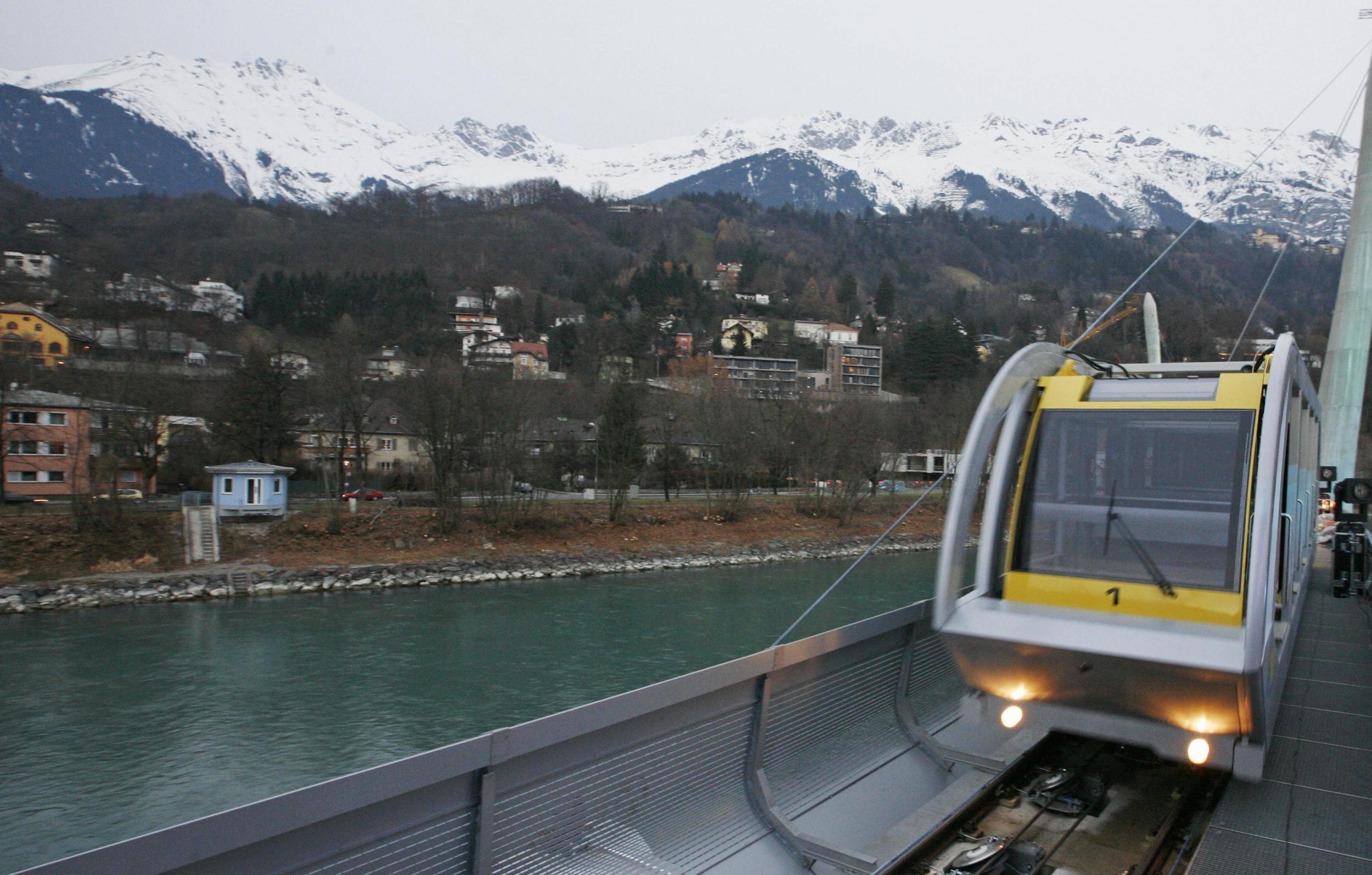
This “hybrid funicular railway” connects the city of Innsbruck to Hungerburg in the Nordkette Mountains in Austria. The railway travels through a tunnel, over a bridge, and up a 46 per cent incline to reach its mountainous destination.
The visual design of the railway echoes the natural themes of its surroundings, from its icy white curves to the fungus growing off the building. It opened in 2007.
Sheikh Zayed Bridge
The 842-metre Sheikh Zayed Bridge was the fourth bridge to connect Abu Dhabi to the United Arab Emirates mainland. It took almost eight years to complete.
The structure’s undulating arches reach a high of 60 metres above the water, while the road sits 20 metres above the Maqtah channel. At night, each of the arches is illuminated in different-coloured lights.
Bridge Pavilion
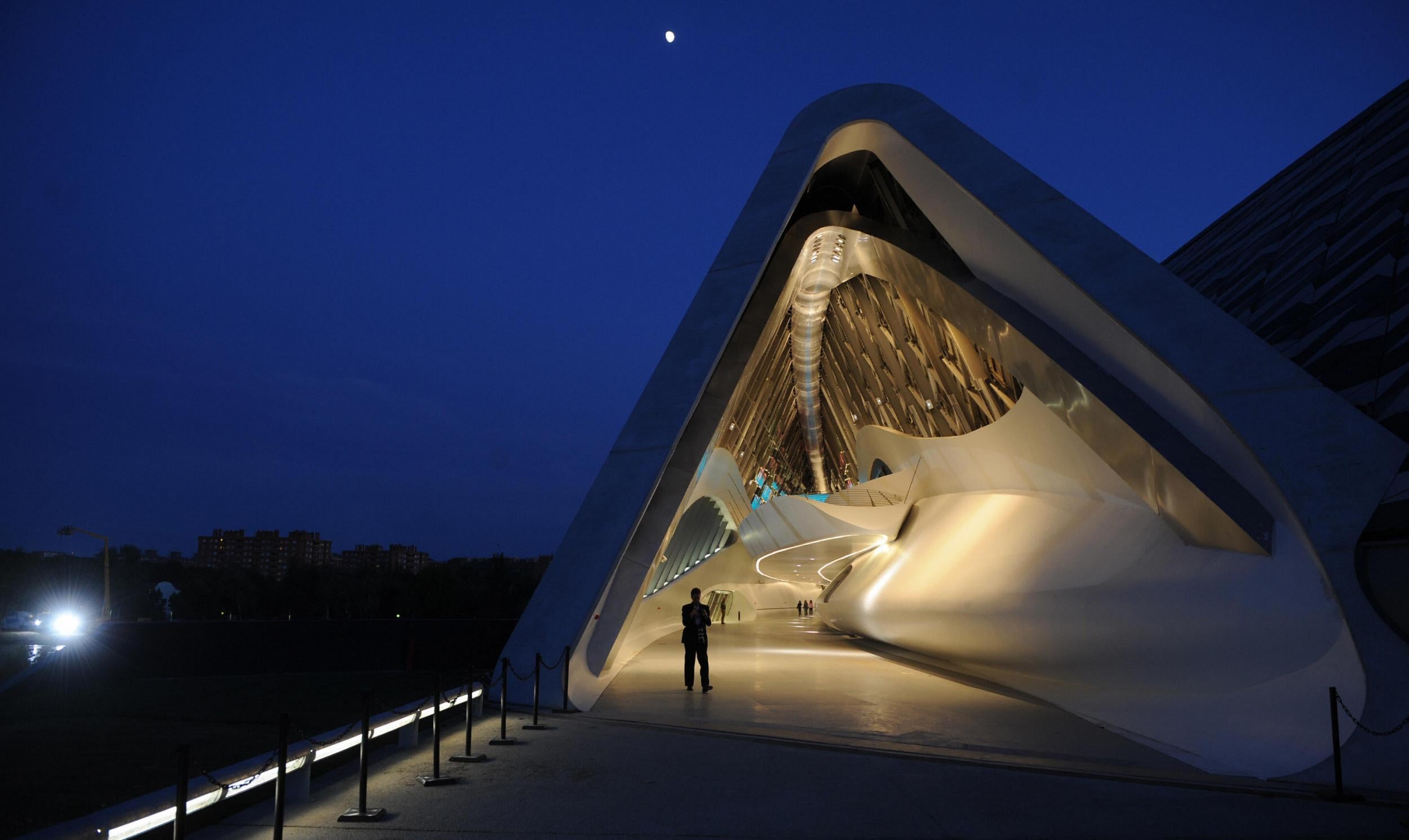
This part-bridge, part-pavilion was built as a gateway to the Zaragoza Expo in 2008. The bridge spans 280 metres of the Ebro River in Spain.
The Bridge Pavilion centres around four main “pods,” which double as structural elements and pedestrian congregation spaces. It was designed to echo the expo’s theme of “Water and sustainable development”.
Heydar Aliyev Cultural Centre
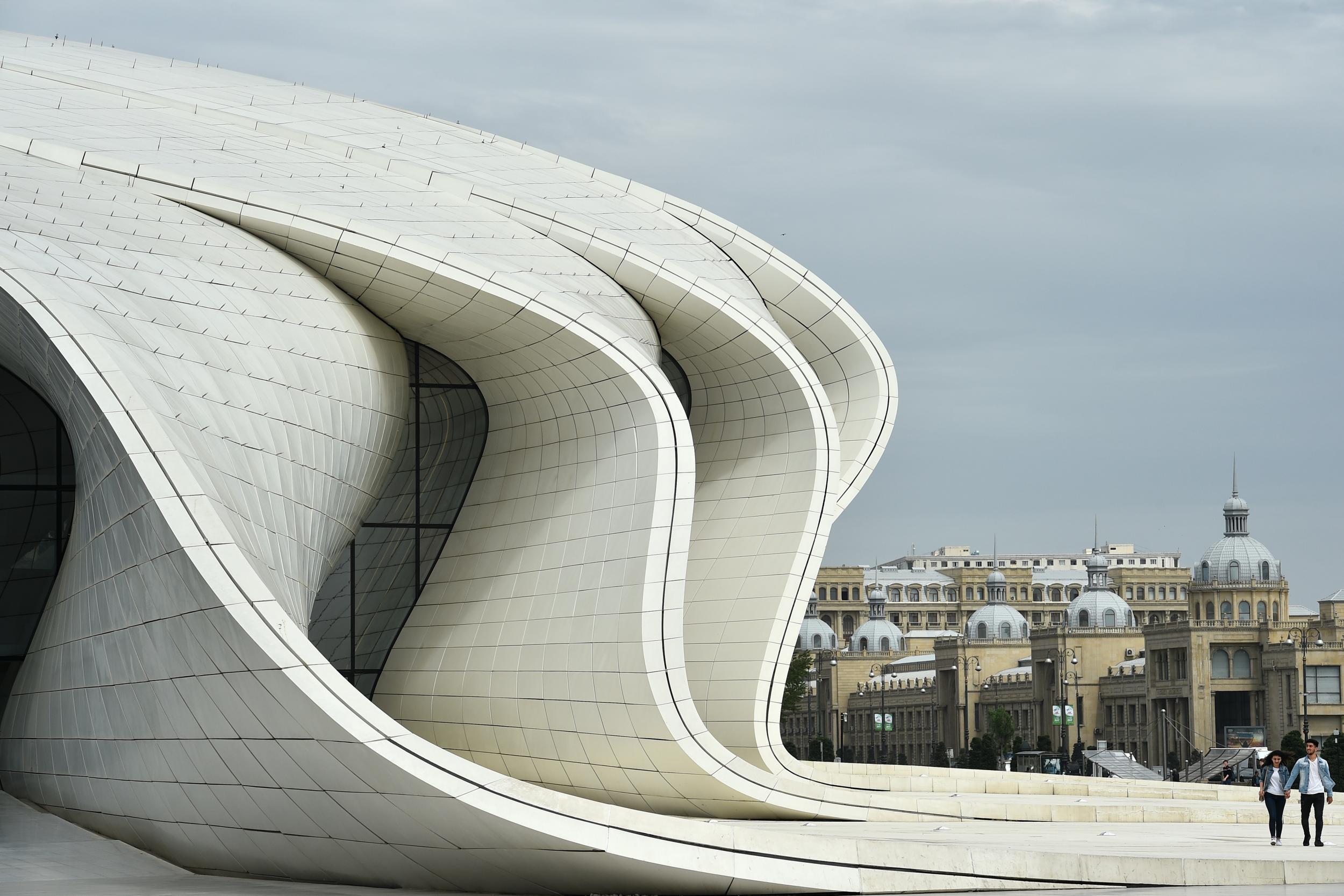
This 619,000-square-foot cultural centre is located in Baku, the capital of Azerbaijan – and is also featured on some of the country’s stamps. Built in 2012, the centre won the Design Museum of the Year award in 2014.
The centre contains a museum, auditorium and multipurpose hall, and serves of the site of much of the country’s cultural programming. According to Hadid Architects, the building is intended to welcome, embrace, and direct visitors through all of its undulating floors.
Human rights groups, however, have claimed that as many as 250 homes were cleared to make room for the building, and many residents were forcibly evicted.
Guangzhou opera house
The New York Times hails this opera house in Guangzhou, China as a “Chinese gem that elevates its setting”. Constructed in 2010, the building opened with a controversial performance of Puccini’s Turandot – the first time the opera had ever been performed in the country.
The building’s sloping design was inspired by the slow erosion of river valleys. Fittingly, it sits alongside Guangzhou’s peaceful Pearl River.
Join our commenting forum
Join thought-provoking conversations, follow other Independent readers and see their replies
Comments